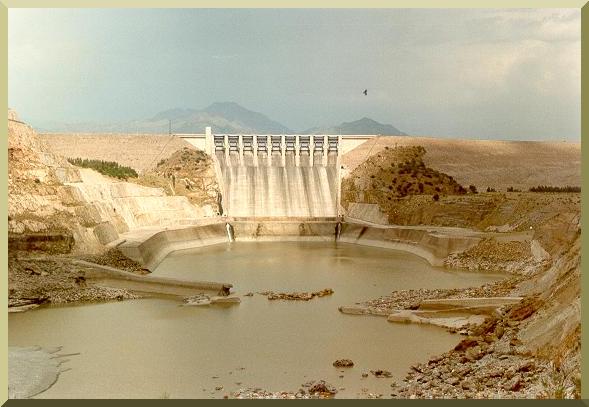|
In the Fall of 1987, I was invited to participate in the International Seminar on Physical and Mathematical Modeling of Hydraulic Structures,
in Lahore, Pakistan, organized by Dr. Hanif Chaudhry.
As part of the visit, the six-member U.S. delegation toured Tarbela Dam, on the Indus river, featuring the largest
earth-filled dam in the world, by way of embankment volume.
One evening, after dinner at the Guest House, one of the members of the team posed the following question to me:
"Could you tell us what the difference is between deterministic and stochastic modeling?"
I said: "It is simple: If you have a signal, the process should be modeled deterministically; on the other hand,
if all you have is noise,
the process should be modeled stochastically." In Nature, diffusion
acts to even out seemingly
random processes, eventually resolving the noise
into a signal. This fact was admirably recognized by Hayami in 1951.1
It would be a mistake to handle a signal-driven process
such as flood wave routing
with a stochastic model.
On the other hand, daily flows in upland watersheds usually lack enough diffusion to develop a signal;
therefore, they are better handled with a stochastic model.
Both deterministic and stochastic approaches are useful tools in engineering
hydrology.
1 Hayami, S. (1951). "On the Propagation of Flood Waves," Bulletin of the Disaster Prevention Research Institute. Kyoto University, Kyoto, Japan, No.1, December.
| ||
|
|
